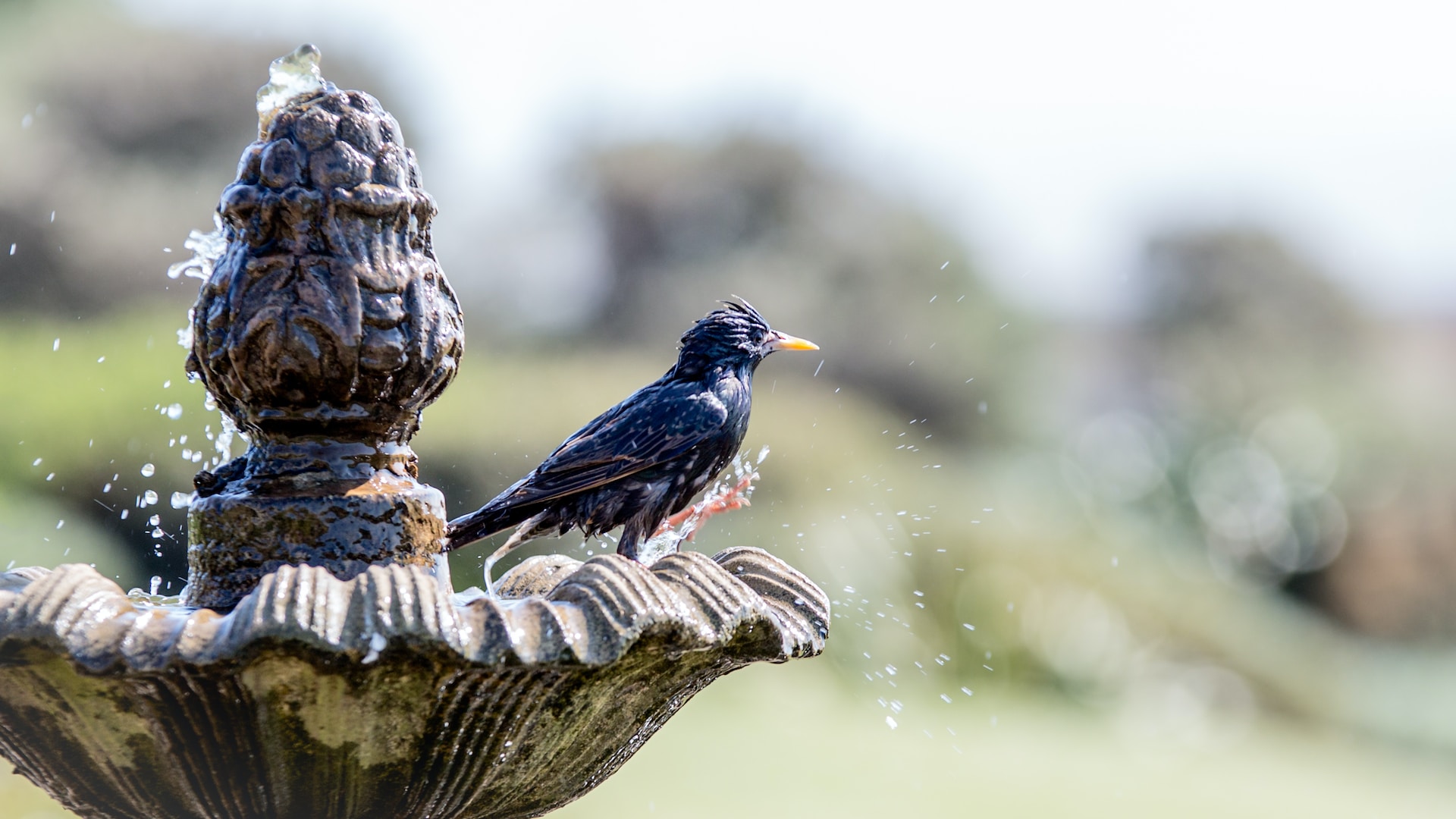Small gardens have the potential to be vibrant ecosystems bustling with biodiversity. Whether your garden occupies a small city balcony or quaint suburban backyard, you can support an array of insects, birds, and beneficial fauna. Not only does a biodiverse garden help support local ecosystems, but it creates a visually captivating space filled with life and movement. Here are five best practices to increase biodiversity in your small garden.
Choose Native Species
When considering plant life, always turn to native species first. Native plants are those that have adapted to your local weather and soil conditions over thousands of years. As such, they have developed intricate relationships with the local wildlife, offering food and shelter. Many insects and birds are “specialists,” meaning they rely on certain native plants to survive. By focusing on native species, your garden can become a sanctuary for these creatures. According to Country Living, native plants can attract up to five times more wildlife than exotic plant species.
Implement Structural Diversity
Think of your garden in layers. Ground cover plants create a lush undergrowth, shrubs and small trees provide the middle layer, while taller trees can form the canopy. The more varied the structure, the more dwelling and feeding opportunities you offer different species. Birds, for instance, occupy the canopies, while bugs thrive on leaf litter on the ground. This concept is brought up by The Olympics Library, where layering in gardens is discussed in depth.
Maintain a Water Source
In all ecosystems, water is life. Even a small water feature can bring a new dimension of biodiversity to your garden. Ideally, a small pond would be perfect as it can support aquatic plants and attract various amphibians and birds. If that’s not feasible, a simple birdbath or even a shallow dish of water is beneficial. Water sources provide animals with a place to drink and bathe. Plus, they attract insects, which in turn draw insect-eating birds.
Install Habitats
You can actively support wildlife by installing specific habitats in your garden. Bird boxes provide secure nesting spots for various species. Likewise, bee and insect hotels are hugely beneficial. Log piles and leaf heaps can provide shelter for beetles and other beneficial insects, and bats feed on these insects. According to Science Direct, habitat integration in urban garden spaces is a promising approach for supporting local biodiversity.
Reduce Synthetic Fertilizers and Pesticides
Synthetic fertilizers and pesticides may provide short-term benefits to plants, but they negatively impact garden biodiversity in the long run. These chemicals can permeate into water sources, poisoning aquatic life, and they can also kill the beneficial insects in your garden. Opt for organic farming alternatives, which are not only kinder to bio-life but will also improve the overall health of your garden’s ecosystem.

